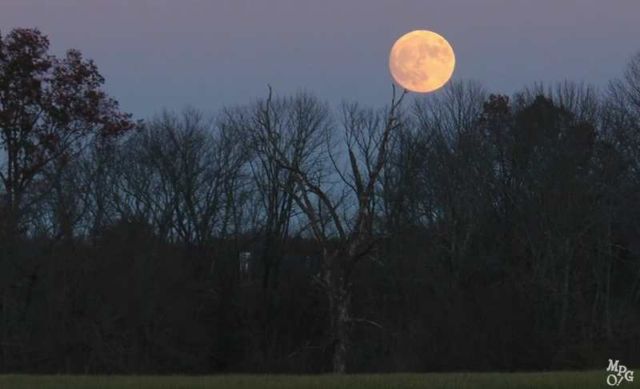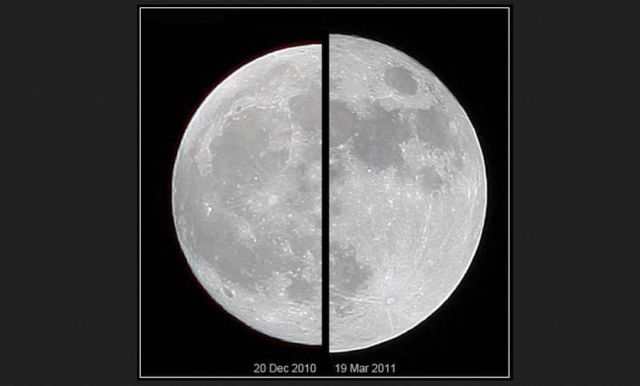The full Moon on November 13, may have appeared quite similar to other one’s you’ve seen, but is the largest Supermoon in 68 years.
This full Moon is the nearest one for a 68 year span. The closest full moon of 2017 will be only 0.02% away than this one.
“I shoot a different vehicle at sunset nearly every weekend. After I get done shooting the car, truck or SUV, I shoot the sunset. Tonight’s sky brought something different.
The first clip is straight out of the camera. The second clip is 300x.”
A supermoon is the coincidence of a full moon or a new moon with the closest approach the Moon makes to the Earth on its elliptical orbit, resulting in the largest apparent size of the lunar disk as seen from Earth. The technical name is the perigee-syzygy of the Earth-Moon-Sun system. The term “supermoon” is not astronomical, but originated in modern astrology. The association of the Moon with both oceanic and crustal tides has led to claims that the supermoon phenomenon may be associated with increased risk of events such as earthquakes and volcanic eruptions, but the evidence of such a link is widely held to be unconvincing.
The opposite phenomenon, an apogee-syzygy, has been called a micromoon, though this term is not as widespread as supermoon.
Occasionally, a supermoon coincides with a total lunar eclipse. The most recent occurrence of this was on September 27–28, 2015, while the next time will be 2033. The next supermoon occurrence will be on December 14, 2016.
The supermoon of March 19, 2011 (right), compared to a more average moon of December 20, 2010 (left), as viewed from Earth. Credit wikimedia







Leave A Comment